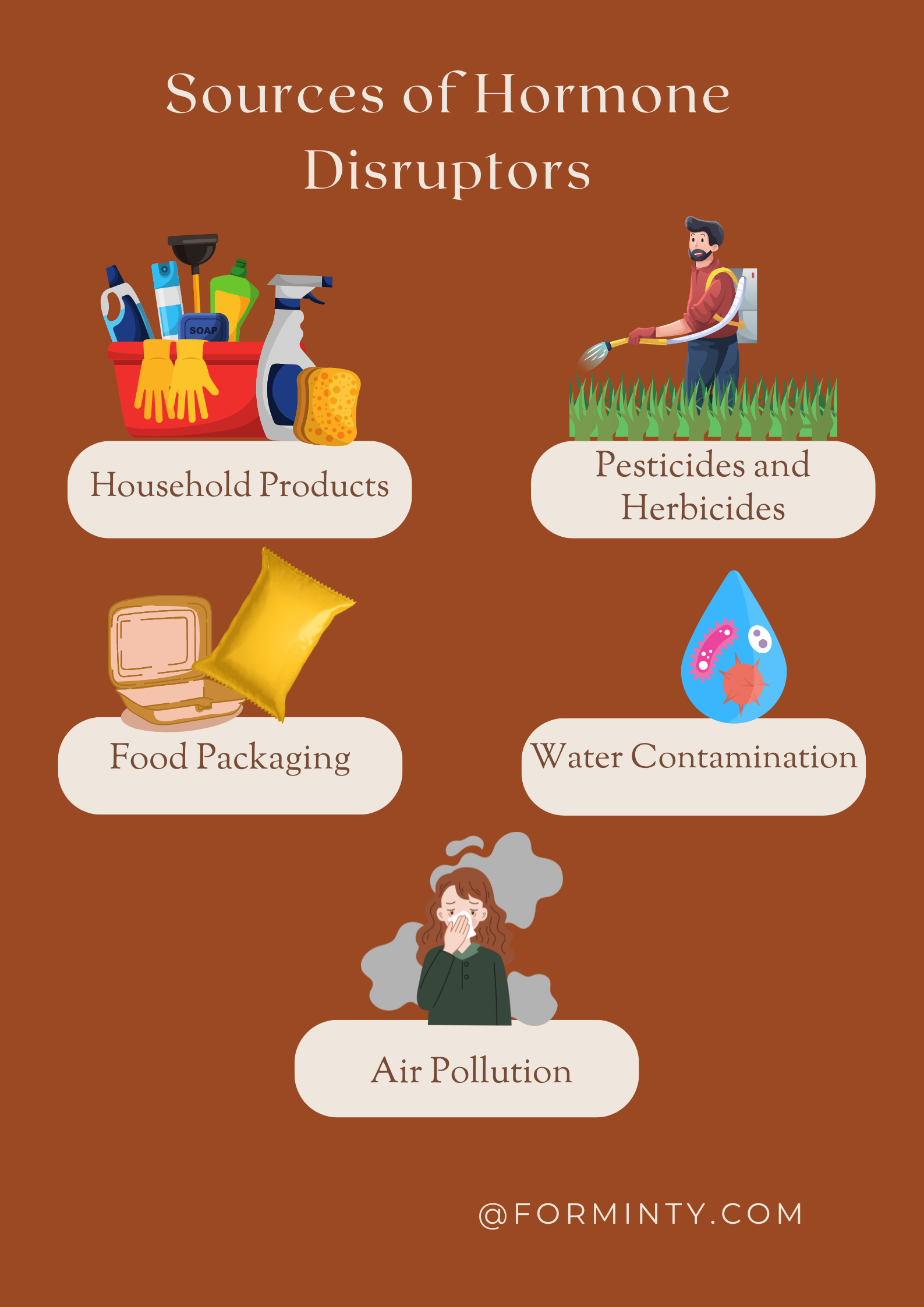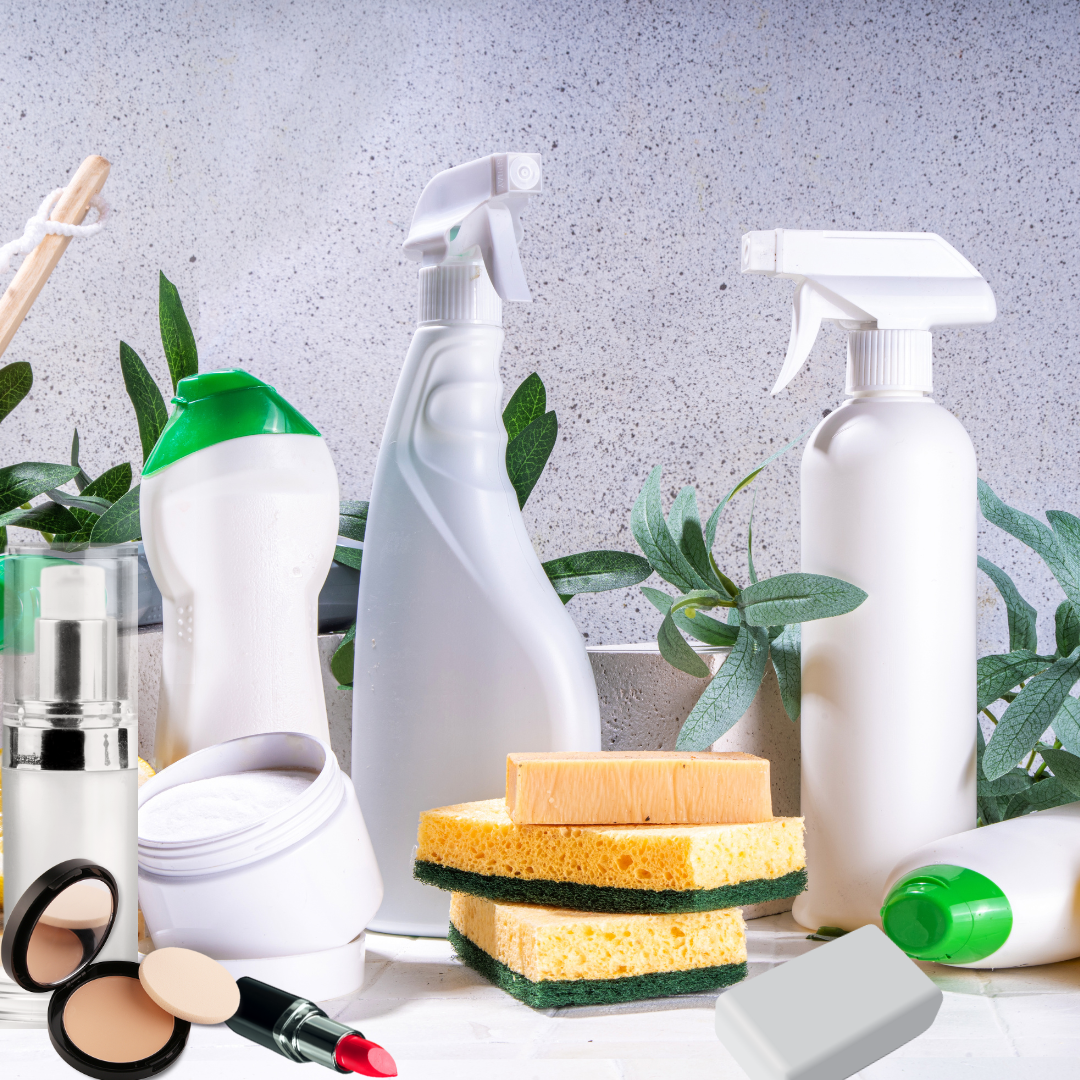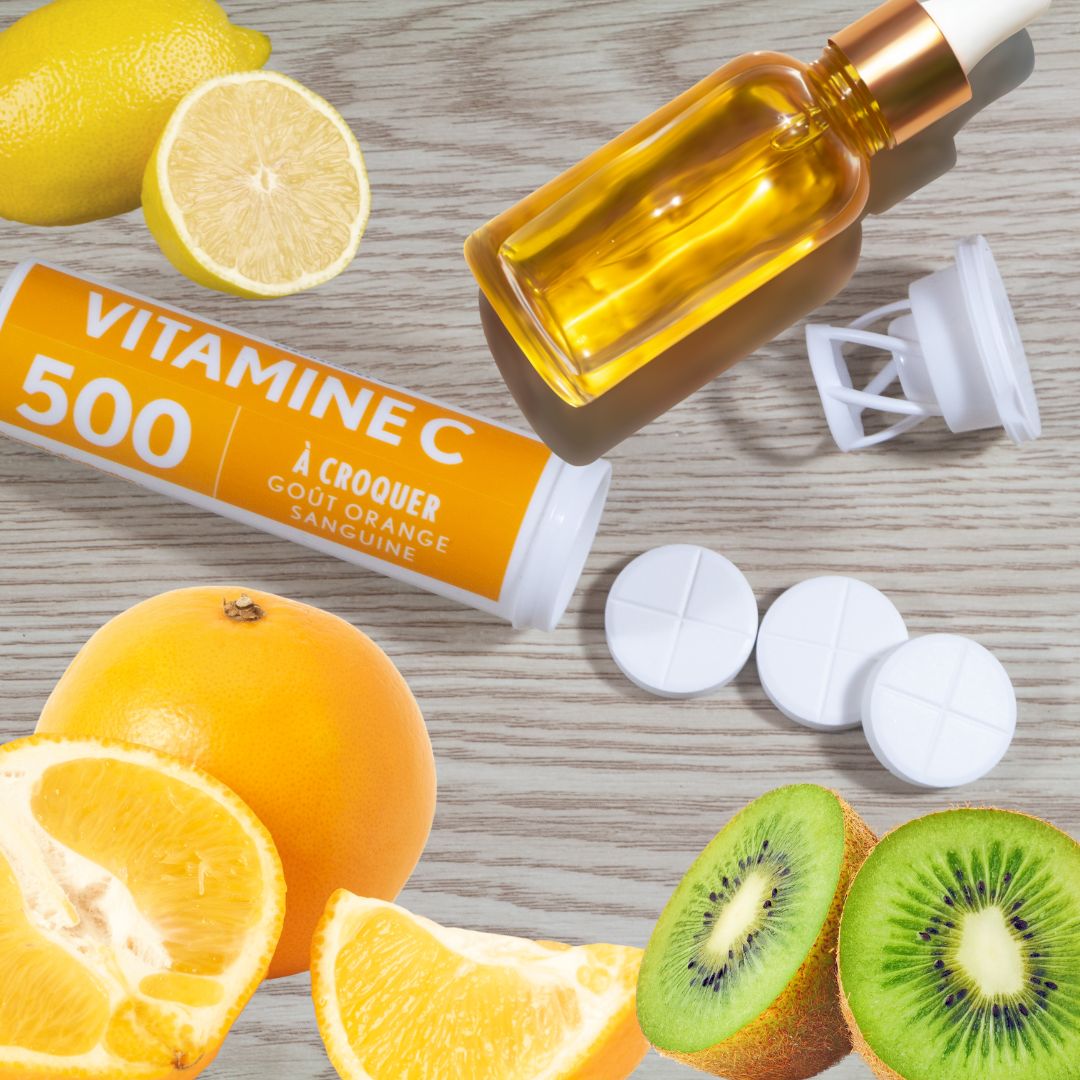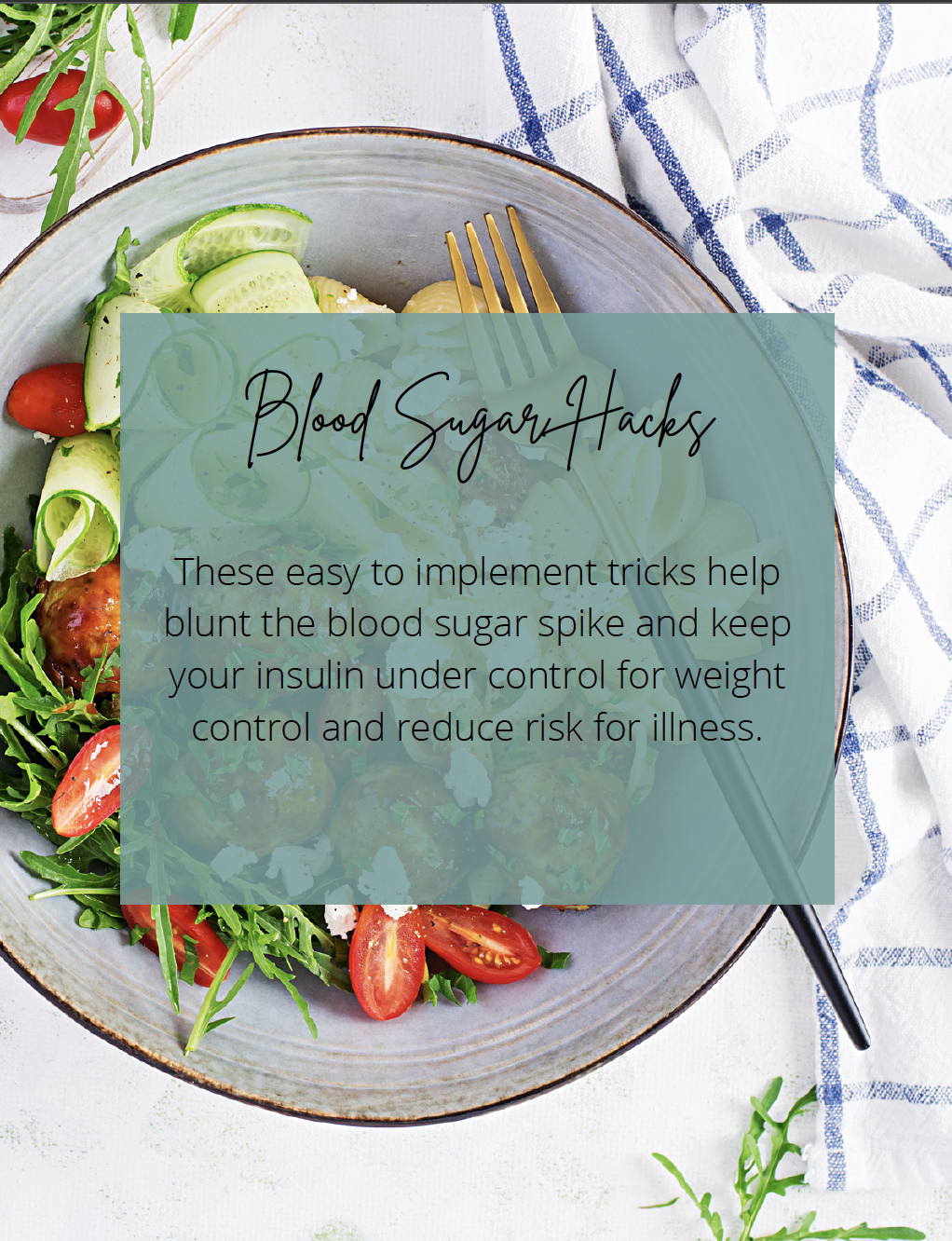No products added!
In recent years, concerns about hormone disruptors have escalated due to their pervasive presence in our environment. These chemicals in everyday products pose a significant threat to hormonal health. Understanding their impact is crucial for safeguarding overall well-being.
What Are Hormone Disruptors?
Hormone disruptors, or endocrine-disrupting chemicals (EDCs), interfere with the body’s endocrine system. The disruption of the endocrine system (which regulates our hormones, the body’s chemical messengers) can have a significant impact on our nervous and immune systems, as well as lead to developmental problems, infertility and cancer. The term EDC refers to both naturally occurring toxins and toxins created by humans. These chemicals mimic, block, or disrupt the body’s natural hormones. It is estimated that there are hundreds of environmental toxins in the world. While we can’t avoid them all, we can limit our exposure to some of them to reduce risk. Check our blog, “The Best Foods for Optimal Hormone Health,” for more information on hormones and hormonal imbalances.
Sources of Hormone Disruptors:
- Household Products: Common household items like plastics, cleaning agents, and personal care products often contain hormone-disrupting chemicals such as phthalates and parabens.
- Pesticides and Herbicides: Agricultural chemicals like glyphosate and organophosphates are known to disrupt hormonal balance.
- Food Packaging: Certain food packaging materials, particularly those containing bisphenol A (BPA), can leach into food and disrupt hormonal function.
- Water Contamination: Chemicals from industrial waste and pharmaceuticals find their way into water sources, posing a risk of hormonal disruption.
- Air Pollution: Airborne pollutants can interfere with hormone regulation, including polycyclic aromatic hydrocarbons (PAHs) and volatile organic compounds (VOCs).

Effects of Hormone Disruptors on Hormonal Health:
- Endocrine Disorders: Exposure to hormone disruptors is linked to various endocrine disorders, including thyroid dysfunction, polycystic ovary syndrome (PCOS), and diabetes.
- Reproductive Issues: Hormone disruptors can impair fertility in both men and women, leading to decreased sperm quality, menstrual irregularities, and infertility.
- Cancer Risk: Some hormone disruptors have been associated with an increased risk of hormone-related cancers, such as breast, prostate, and ovarian cancer.
- Neurological Effects: Research suggests that exposure to hormone disruptors may contribute to neurodevelopmental disorders like autism and ADHD.
- Metabolic Syndrome: Disruption of hormonal balance can predispose individuals to metabolic syndrome, characterized by obesity, insulin resistance, and cardiovascular complications.
Research on Hormone Disruptors:
- A study published in the Journal of Clinical Endocrinology & Metabolism found that prenatal exposure to phthalates was associated with adverse reproductive outcomes in male infants.
- Research by the National Institute of Environmental Health Sciences (NIEHS) suggests a correlation between BPA exposure and an increased risk of obesity and insulin resistance.
- The Endocrine Society’s Scientific Statement on EDCs highlights the urgent need for regulatory measures to mitigate the health risks posed by these chemicals.
- Longitudinal studies have demonstrated a link between exposure to pesticide residues in food and alterations in hormonal profiles among agricultural workers.
- Animal studies have provided insights into the mechanisms through which hormone disruptors exert their effects, shedding light on potential pathways for intervention and prevention.
Protecting Against Hormone Disruptors:
- Choose Natural Products:
Opt for household and personal care products free from phthalates, parabens, and other harmful chemicals. Many well-known brands contain these endocrine-disrupting chemicals in most personal care products, including shampoo, deodorant, lotion, toothpaste, and cosmetics. Instead, choose clean, non-toxic products and brands. If you need some guidance, check out the Skin Deep Database from the Environmental Working Group.
- Opt for natural cleaning products rather than popular brands.
Several neurotoxins, hormone disruptors, and carcinogens in conventional cleaning products can have short- and long-term health effects. Switching over all of your cleaning products can feel overwhelming, so start slowly. Find out which products are worth buying by downloading our free guide, “Bye-Bye Toxins.”
- Eat Organic:
Consume organic foods whenever possible to minimize pesticide residues and synthetic hormone exposure. Those with a limited budget may struggle to afford organically produced products. However, the Environmental Working Group provides a list of the ‘Dirty Dozen’ and ‘Clean Fifteen’ produce that are deemed safe.
- Avoid Plastic:
Use glass or stainless-steel containers for food and beverages to reduce exposure to BPA and other plasticizers. Storing and reheating foods in plastic containers is not a good idea. You should avoid using plastic bottles with recycling numbers 3, 6, 7, or 9 printed on them (usually located at the bottom of the bottle). If you must drink water from a plastic bottle, recycled numbers 1 or 2 are best. In our day and age, you can easily carry around your water bottle wherever you go.
- Check the can linings:
If you buy canned food such as sardines or tuna, check the cans’ labels to see if they contain harmful chemicals on their linings before purchasing to reduce your exposure to BPA (bisphenol A). BPA is one of the most toxic compounds found in food storage. An EWG article lists 78 brands that use BPA in their cans and 31 that do not.
- Replace your cookware:
The quality of cookware varies from brand to brand. Using non-stick cookware made before 2013 is especially harmful since PFOA was not banned until then. Compounds in cookware can leach into food and cause health problems. If your non-stick cookware has scratches, it is time to replace it.
In general, stainless steel is a very safe material to use for cooking, but not everyone prefers to do so. When purchasing stainless steel pots and pans, make sure they are food-grade. Most cast iron, glass, and some ceramic are safe. It is also recommended that you rotate what you cook with to minimize the risk of exposure to nickel and iron.
- Filter Water:
Install a water filtration system to remove contaminants like chlorine, heavy metals, pharmaceutical residues and agricultural chemicals from tap water.
- Support Regulation:
Advocate for stricter regulations on using hormone-disrupting chemicals in consumer products and industrial processes.
Conclusion:
Hormone disruptors pose a significant threat to hormonal health, with far-reaching consequences for overall well-being. Individuals can take proactive steps to safeguard their hormonal balance and promote long-term health and vitality by understanding their sources, effects, and ways to mitigate exposure. Policymakers, industries, and individuals must work together to address this pressing public health issue and create a safer environment for future generations.
Word of caution.
This website provides information solely for educational purposes and should not substitute medical diagnosis or treatment.






